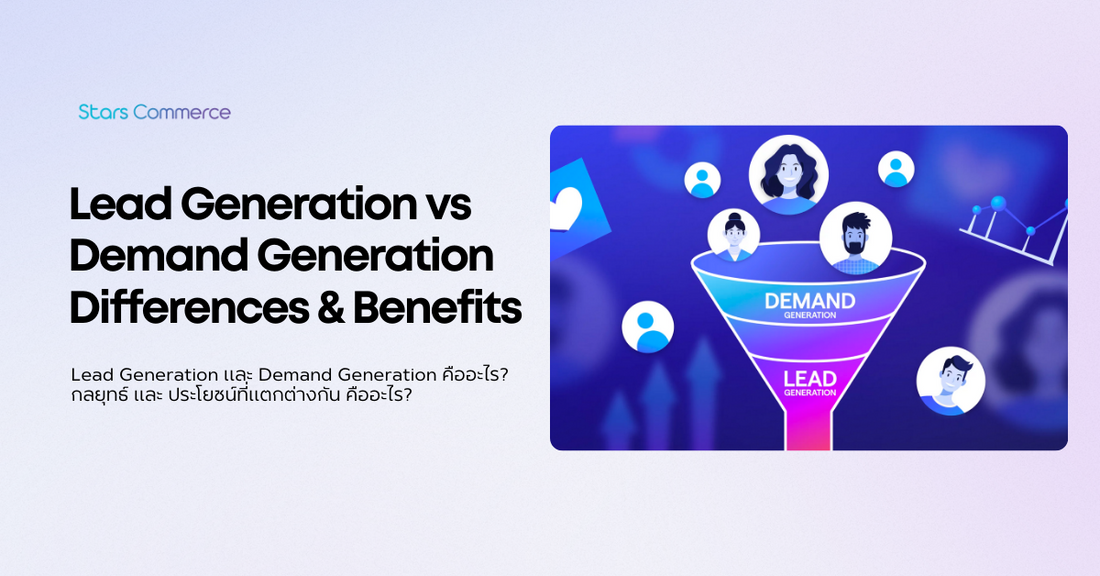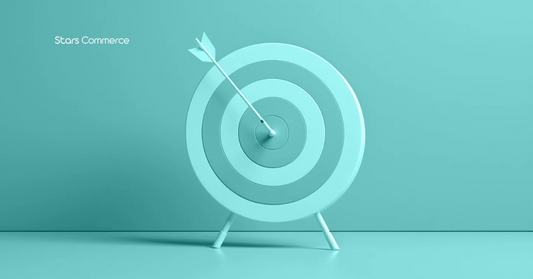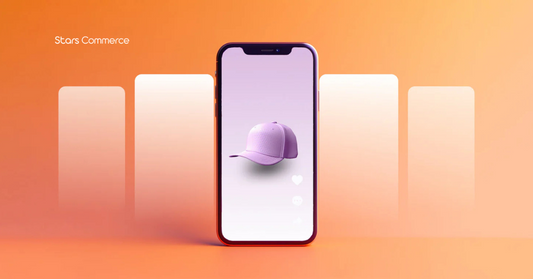In the realm of digital marketing, two strategies reign supreme: lead generation and demand generation. While these terms are often used interchangeably, they represent distinct approaches with unique benefits. Understanding the nuances between lead generation and demand generation is crucial for businesses aiming to maximize their marketing efforts and drive sustainable growth. In this guide, we'll delve deep into these strategies, exploring their definitions, differences, and the impact they can have on your agency's success.
What is Lead Generation?
Lead generation is the process of attracting and capturing potential customers' interest in your products or services. It revolves around identifying and nurturing prospects who have shown explicit interest or intent in what your agency offers. Common lead generation tactics include Google Ads, Content Marketing, email campaigns, webinars, and social media outreach. The primary goal of lead generation is to generate qualified leads that are more likely to convert into paying customers.
What is Demand Generation?
On the other hand, demand generation focuses on creating awareness, interest, and excitement around your brand and offerings. Unlike lead generation, which targets specific individuals interested in your niche, demand generation casts a wider net to reach a broader audience. Strategies like SEO, social media advertising, influencer partnerships, and PR campaigns fall under demand generation. The key objective of demand generation is to stimulate interest and demand for your agency's products or services among a larger pool of potential customers.
What are the Distinguishing Factors?
-
Target Audience: Lead generation targets individuals who have already expressed interest or demonstrated intent, while demand generation targets a broader audience, including those who may not be actively seeking your products or services.
-
Focus: Lead generation focuses on converting leads into customers through personalized nurturing, whereas demand generation focuses on creating brand awareness and generating interest.
- Timing: Lead generation is typically more focused on immediate conversions and sales, whereas demand generation aims to build long-term relationships and brand loyalty.
Benefits of Lead Generation
- Higher conversion rates due to targeting individuals already interested in your offerings.
- More personalized marketing strategies leading to increased customer satisfaction.
- Improved ROI as efforts are directed towards qualified leads with higher purchase intent.
Benefits of Demand Generation
- Increased brand visibility and awareness among a wider audience.
- Enhanced brand reputation and credibility through strategic marketing initiatives.
- Long-term customer acquisition and retention by building a strong brand presence.
Which Strategy to choose for Optimal Results:
While lead generation and demand generation have distinct purposes, combining these strategies can yield exceptional results for your agency. By leveraging the strengths of both approaches, you can create a holistic marketing ecosystem that drives consistent lead generation while also nurturing brand loyalty and advocacy.

Conclusion
In conclusion, understanding the dynamics of lead generation and demand generation is paramount for modern businesses looking to thrive in competitive markets. By integrating these strategies effectively and aligning them with your agency's goals and target audience, you can unlock new avenues for growth, engagement, and success. Stay informed, adapt to evolving trends, and leverage the power of data-driven insights to propel your agency towards sustained success in the digital landscape.




